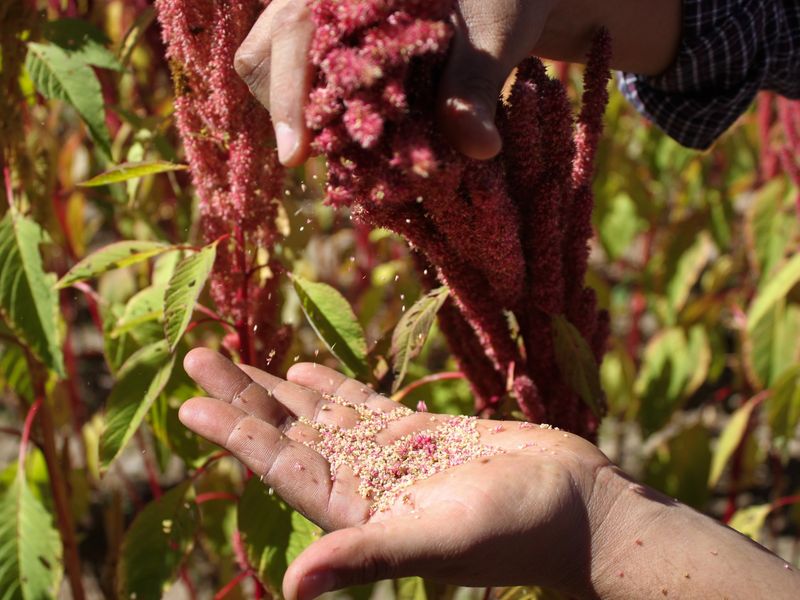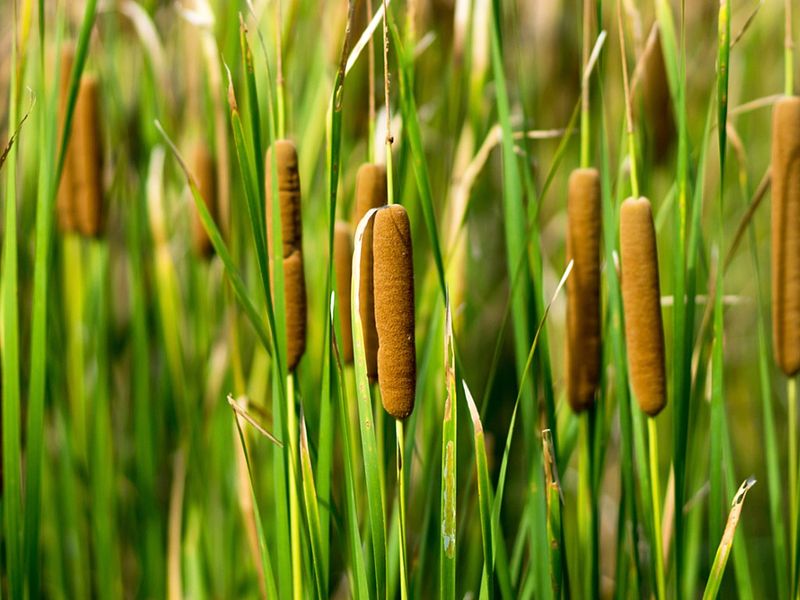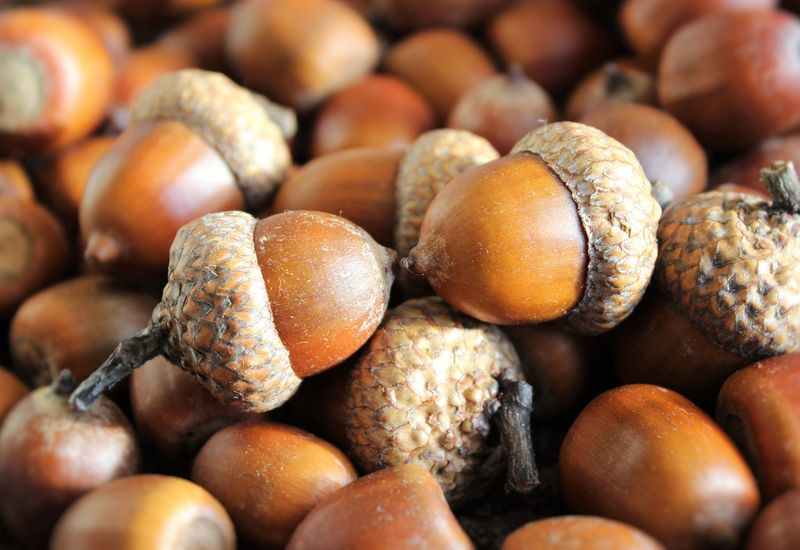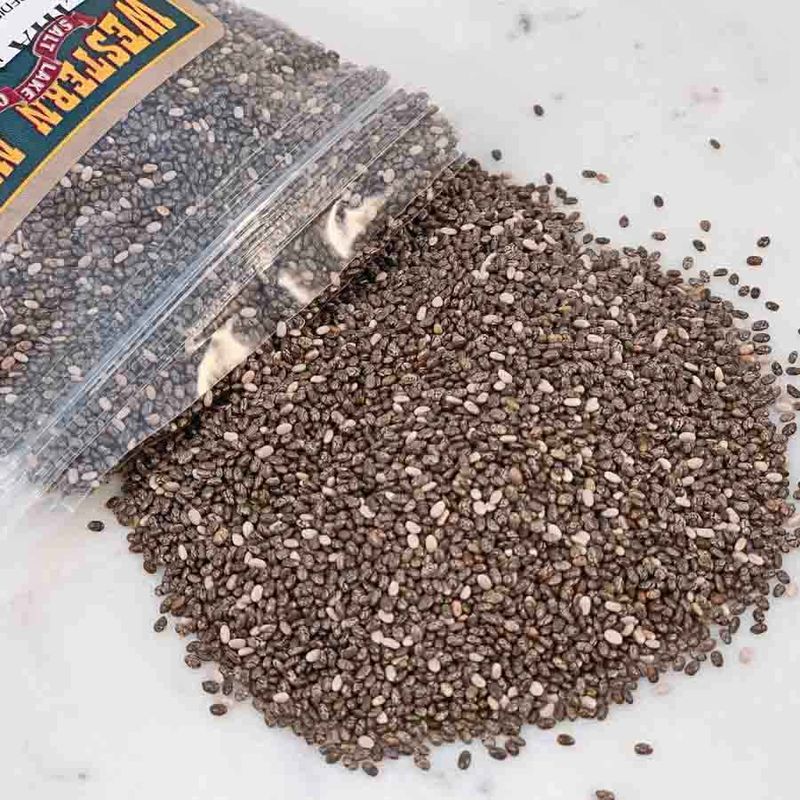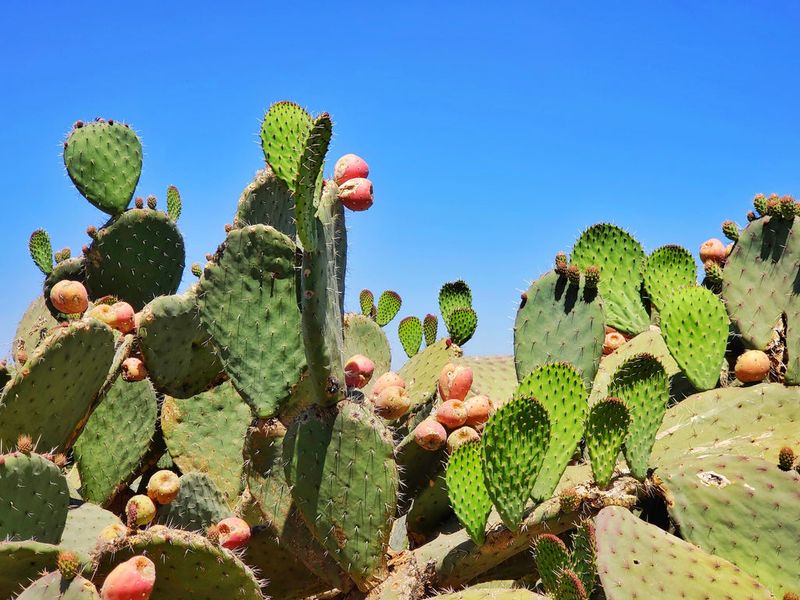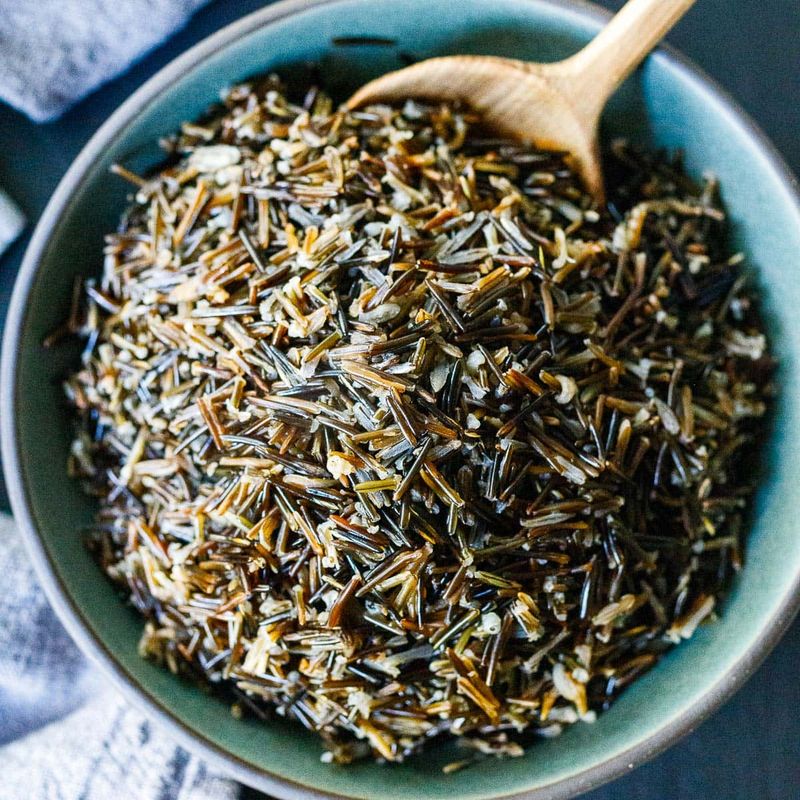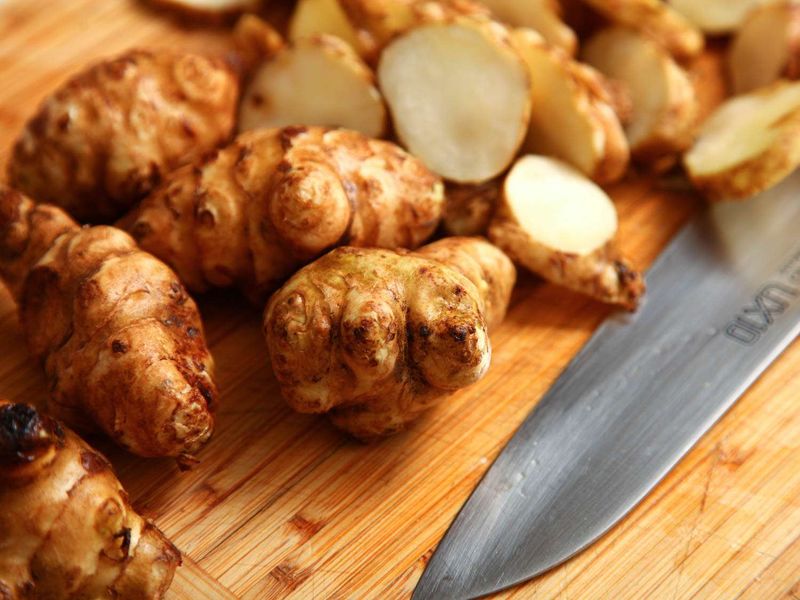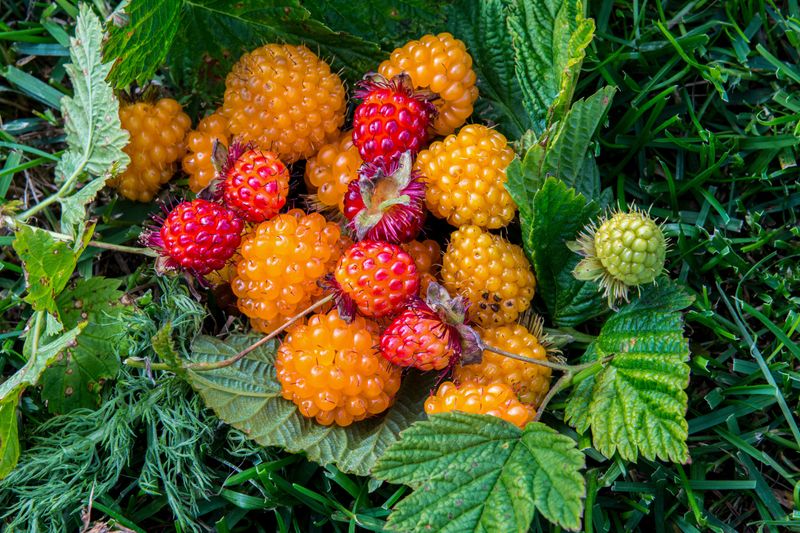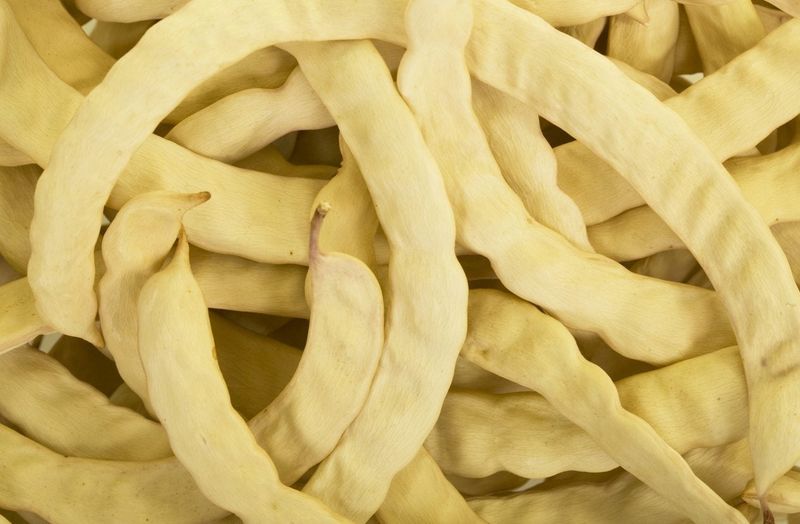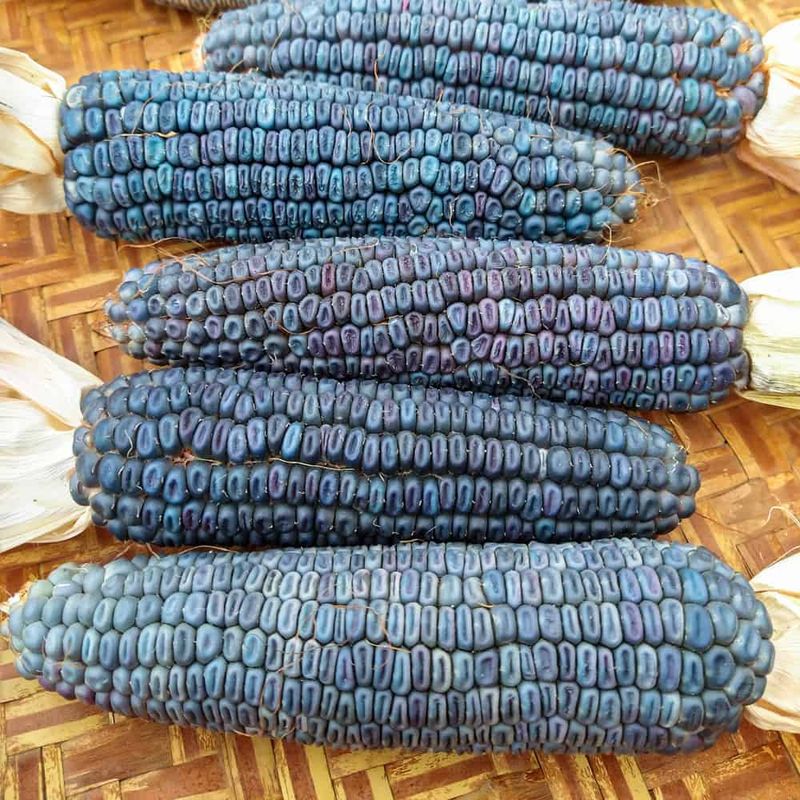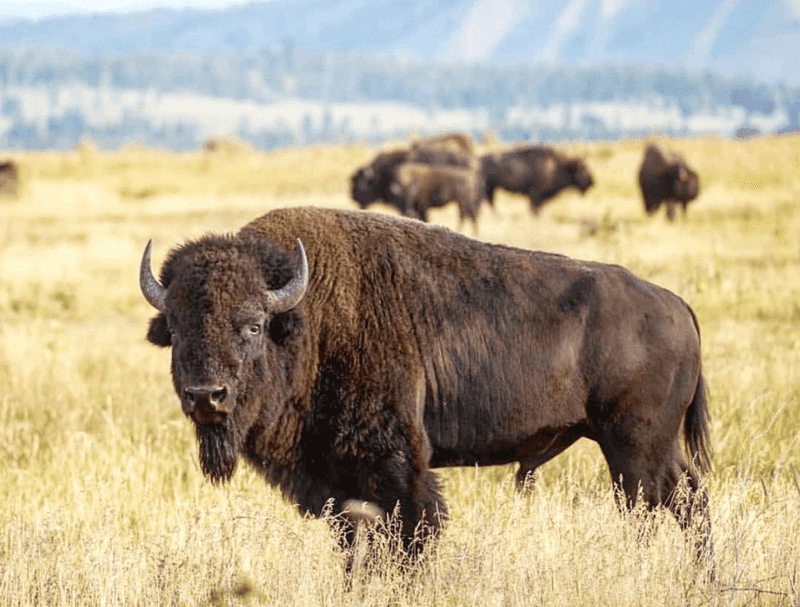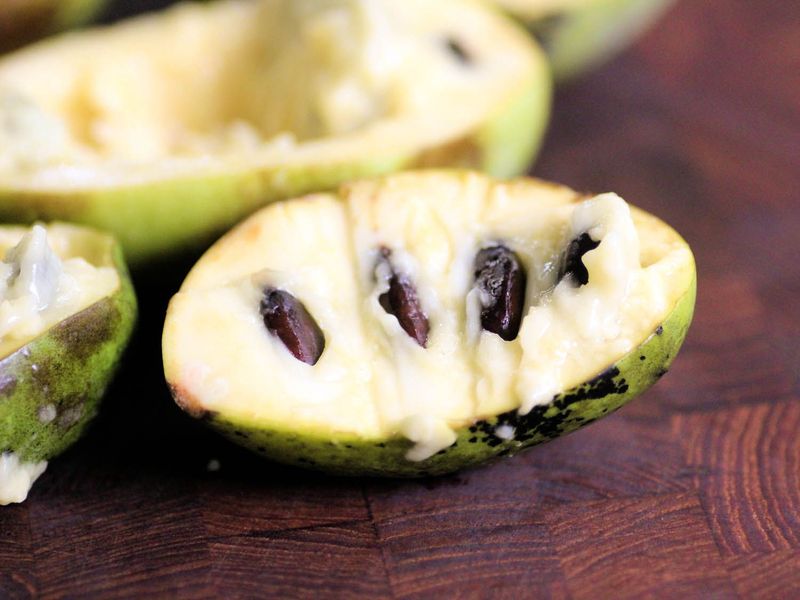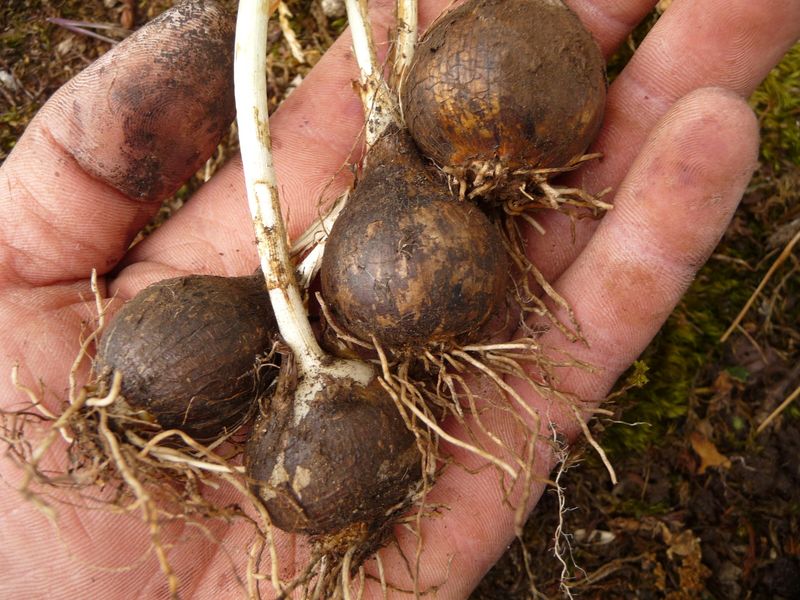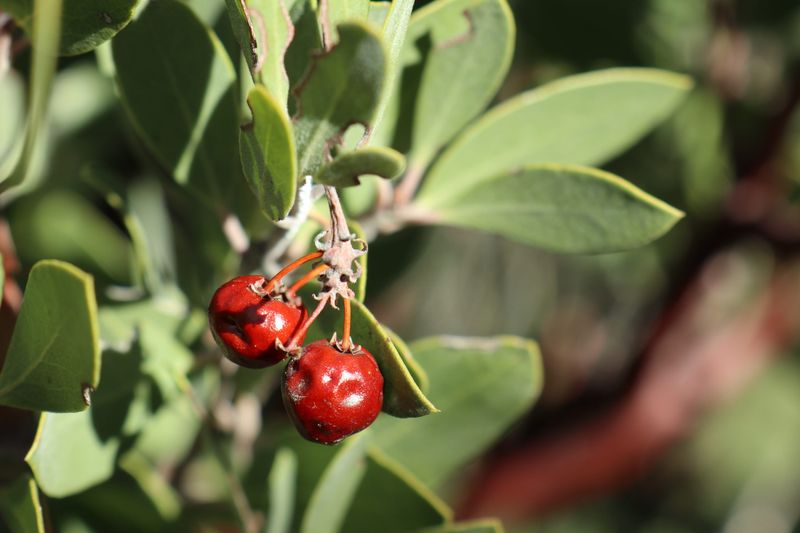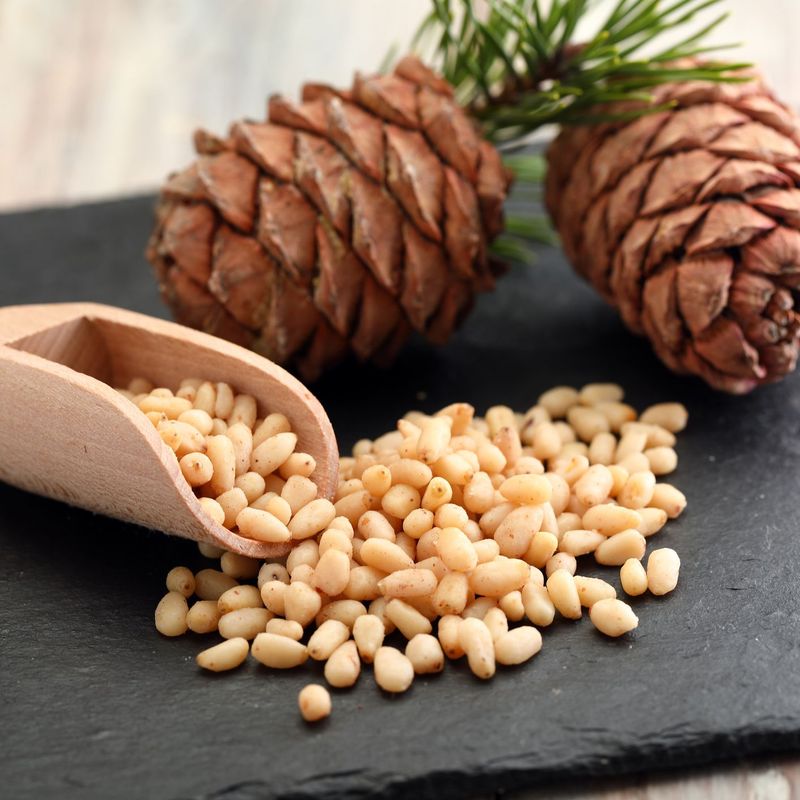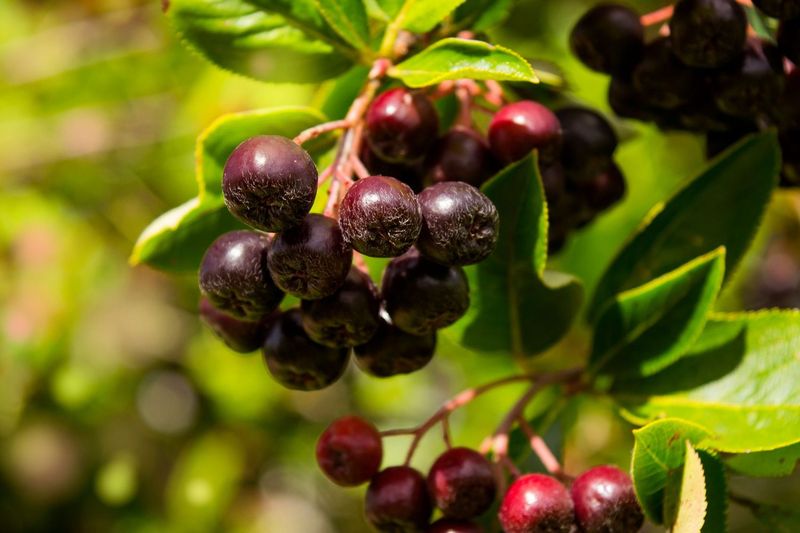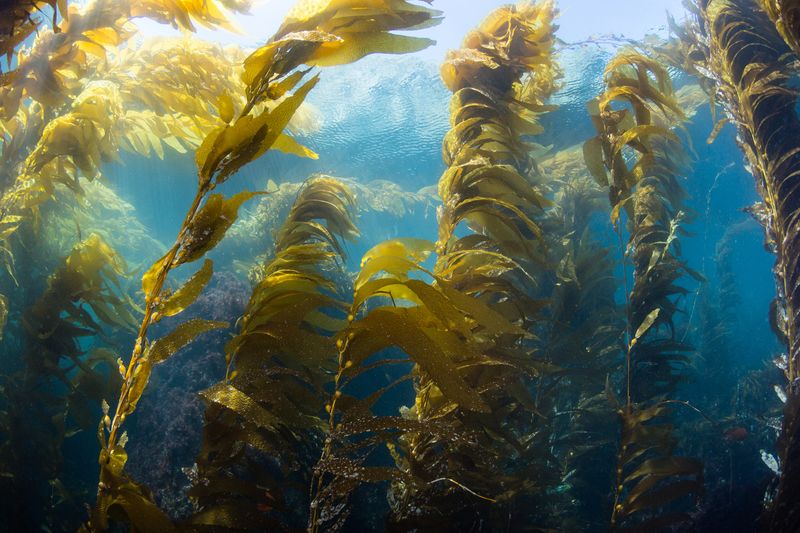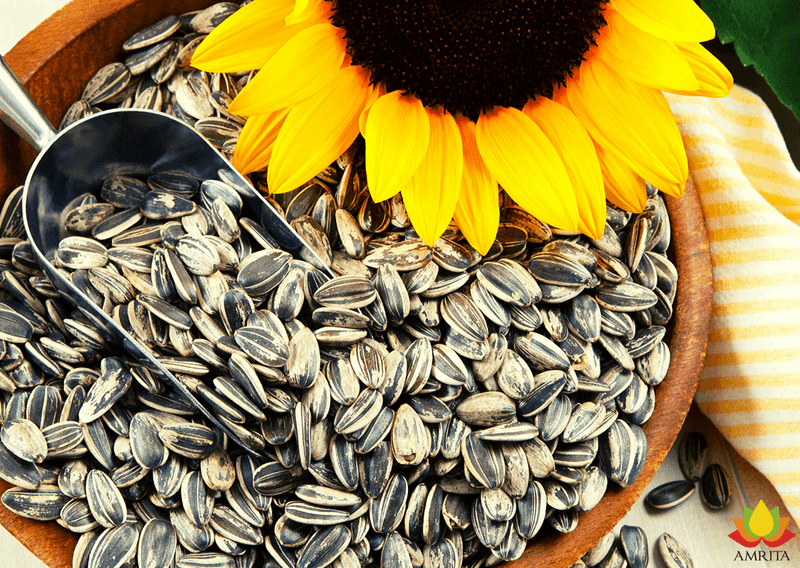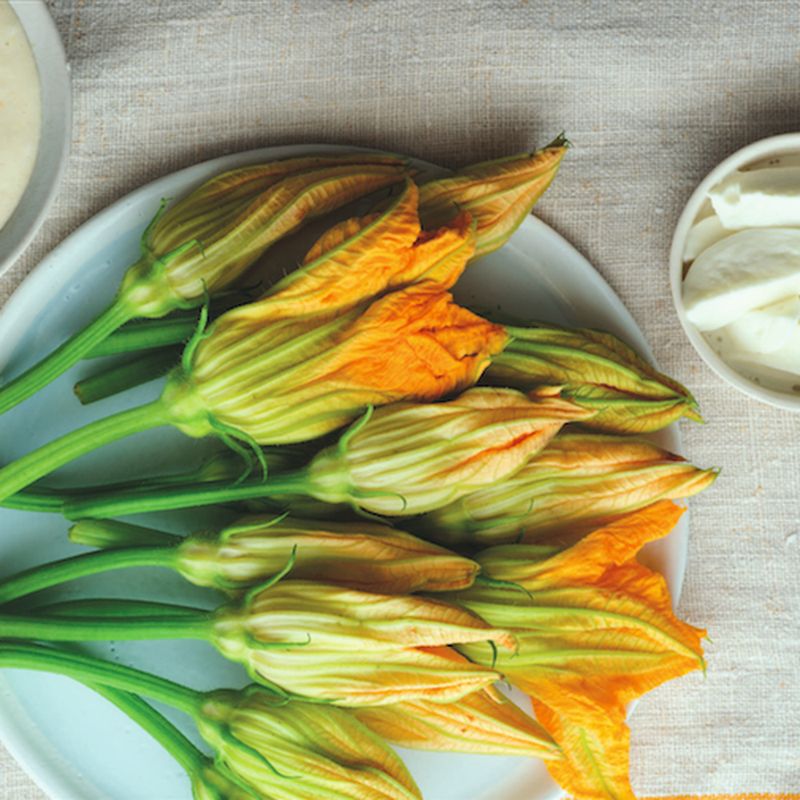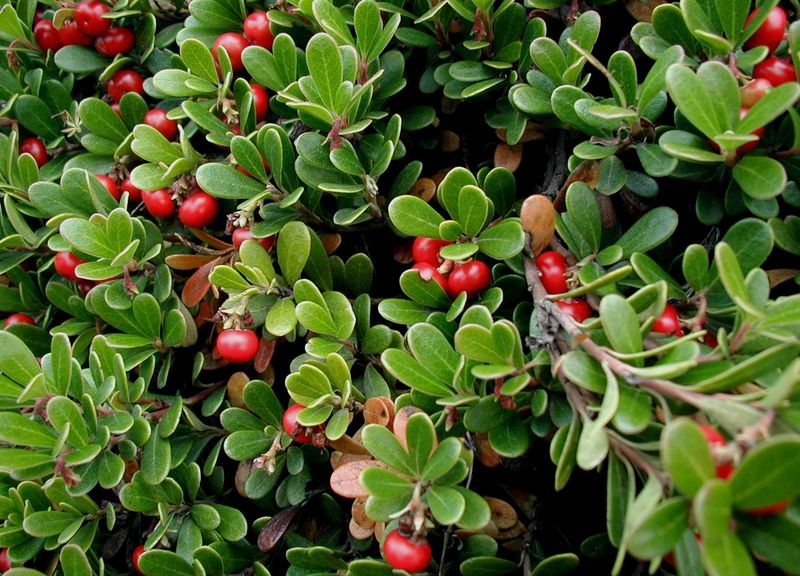Before the arrival of Europeans, Native Americans had a rich and diverse diet that was significantly influenced by their environment and available resources.
Many of these foods, while surprising to some today, were integral to their daily sustenance and cultural practices.
1. Amaranth
Amaranth, a nutritious grain, was a staple food for many Native American tribes. It was cultivated primarily in the Southwest and Central America. The tiny seeds are rich in protein and minerals, making them an important dietary component.
Native Americans used amaranth in various dishes, often grinding the seeds into flour for baking. Today, it is recognized as a superfood due to its dense nutritional content.
Amaranth also played a role in spiritual ceremonies, especially among the Aztecs. This ancient grain, with its slightly nutty flavor, was versatile in its uses, from porridges to tortillas.
2. Cattail
Cattails were surprisingly versatile in the diets of Native Americans. These aquatic plants provided food throughout the year. In spring, the young shoots were harvested and consumed like asparagus. During summer, the pollen was collected and used as flour.
Cattail roots were a source of starch, often cooked or ground into flour. The plant’s versatility extended beyond food; fibers were used for weaving baskets and mats.
Native Americans appreciated cattails for their nutritional value and adaptability. Although not commonly consumed today, cattails remain an interesting example of indigenous resourcefulness.
3. Acorns
Acorns were a vital food source for many Native American tribes, especially in the regions of California. These nuts required careful processing to remove tannins, often involving soaking and grinding.
Once leached, acorns were turned into a nutritious flour, used in bread and porridges. Rich in carbohydrates and fats, acorns offered a reliable food supply in autumn and winter.
The labor-intensive preparation process was a communal activity, fostering social bonds. Today, the use of acorns is less common, but they remain a testament to Native ingenuity and adaptation to their environment.
4. Chia Seeds
Chia seeds, now popular as a health food, were first consumed by Native Americans, particularly by the Aztecs and Mayans. These tiny seeds are packed with omega-3 fatty acids, protein, and fiber.
Native Americans valued chia seeds for their energy-boosting properties. They were often mixed with water to create a gel-like substance or added to food as a nutritional supplement.
Chia seeds were easily stored and transported, making them an ideal travel food. Their resurgence in modern diets highlights the wisdom of Native American food practices. The seeds are versatile, used in smoothies and baking.
5. Nopales
Nopales, or prickly pear cactus pads, were a common food for Native Americans in arid regions. The pads are harvested and de-spined before cooking. Nopales are rich in vitamins and minerals, particularly vitamin C and calcium.
They were typically grilled, boiled, or used in stews. The juicy, slightly tangy flavor made them a versatile ingredient. In addition to food, the cactus fruit was enjoyed for its sweet taste.
Nopales remain an important part of Mexican cuisine today, celebrated for their health benefits and unique texture. They are a testament to indigenous culinary creativity.
6. Wild Rice
Wild rice, a staple in the diets of Native American tribes in the Great Lakes region, is not technically rice, but an aquatic grass seed. It is high in protein, fiber, and essential nutrients.
Harvesting wild rice was a communal activity, often involving entire families. The grains were traditionally parched and hulled to prepare them for cooking. Wild rice was a versatile ingredient, used in soups, pilafs, and as a side dish.
Its nutty flavor and chewy texture made it a favored food. Today, wild rice is celebrated for its nutritional value and cultural significance.
7. Sunchokes
Sunchokes, also known as Jerusalem artichokes, were cultivated by Native Americans for their edible tubers. These plants are related to sunflowers and thrive in various climates.
Sunchokes have a sweet and nutty flavor, similar to artichokes, and are rich in inulin, a type of fiber. They were often roasted, boiled, or eaten raw. As a resilient crop, sunchokes were an important food source during winter months.
Modern interest in sunchokes reflects their historical value and nutritional benefits. Native Americans’ use of sunchokes showcases their agricultural knowledge and adaptability.
8. Salmonberries
Salmonberries were a cherished food among Native American tribes in the Pacific Northwest. These bright orange-red berries resemble raspberries and are rich in vitamins and antioxidants.
Harvested in early summer, salmonberries were eaten fresh, dried, or made into jams. They also played a role in social gatherings and ceremonies. The berries’ tart flavor pairs well with sweeteners, and they were often mixed with other fruits.
Salmonberries reflect the deep connection Native Americans had with their environment. Today, they are celebrated for their unique taste and cultural heritage.
9. Mesquite Pods
Mesquite pods were a crucial food source for tribes in arid regions like the Southwestern United States. The pods were dried and ground into a sweet, protein-rich flour. This flour was used to make cakes, bread, and porridge.
Mesquite flour has a sweet, nutty flavor with hints of caramel, making it a versatile ingredient. The process of grinding mesquite pods was labor-intensive but essential for survival. Mesquite trees also provided firewood and materials for tools.
Today, mesquite flour is gaining popularity for its nutritional benefits and unique taste, rooted in ancient culinary traditions.
10. Blue Corn
Blue corn was a staple crop for many Native American tribes, particularly the Hopi. This unique variety of corn is rich in antioxidants and offers more protein than yellow corn. Blue corn was ground into flour for tortillas, bread, and ceremonial dishes.
Its distinctive color and slightly sweet flavor made it a favorite among indigenous peoples. Blue corn remains an important cultural symbol and is celebrated in traditional recipes.
Its nutritional benefits are increasingly recognized today, with blue corn products gaining popularity worldwide. This ancient grain illustrates the diversity and richness of Native agriculture.
11. Buffalo
Buffalo, or bison, were central to the diet and culture of Plains tribes. Every part of the buffalo was utilized, from meat to hide. The meat is rich in protein and iron, and was often dried into pemmican for preservation.
Hunting buffalo was a community effort, involving strategic planning and cooperation. The buffalo’s significance extended beyond food; it was integral to spiritual practices and daily life. Today, buffalo meat is sought after for its lean quality and flavor.
The sustainable practices of Native hunters highlight their respect and understanding of ecological balance.
12. Pawpaw
Pawpaw, a fruit native to the eastern United States, was enjoyed by Native Americans for its custard-like texture and tropical flavor. Often called the “poor man’s banana,” pawpaws are rich in vitamins, minerals, and antioxidants.
The fruits were eaten fresh, cooked, or dried for later use. Pawpaw trees thrive in river valleys and were an important seasonal food source. Despite their delicious taste, pawpaws remain relatively unknown today.
However, they are experiencing a resurgence among foragers and enthusiasts. The pawpaw exemplifies the diverse plant knowledge of Native Americans.
13. Camas Root
Camas roots were a staple food for Native American tribes in the Pacific Northwest. The roots were traditionally baked in earth ovens, which enhanced their sweet, nutty flavor. Camas roots are high in carbohydrates and provided essential sustenance.
Harvesting camas was often a communal activity, deeply rooted in cultural traditions. The plant’s beautiful blue flowers also held symbolic significance.
While less commonly consumed today, camas roots are a reminder of Native Americans’ deep connection to the land and their resourcefulness. The harvesting and preparation methods reflect a sustainable approach to food.
14. Manzanita Berries
Manzanita berries were a significant food source for tribes in California. These small red berries were often consumed fresh, dried, or used to make cider. Manzanita means “little apple,” and the berries have a tart, apple-like flavor.
They are rich in vitamins and antioxidants. The berries were sometimes ground into meal or made into jellies. Apart from food, manzanita wood was used for tools and fuel.
Today, manzanita berries are less commonly eaten but remain an interesting part of indigenous culinary heritage. They highlight the diverse diet of Native American tribes.
15. Pine Nuts
Pine nuts were a cherished food among Native American tribes, particularly in the Great Basin. These small, nutritious seeds are rich in protein, healthy fats, and essential minerals. Pine nuts were often eaten raw, roasted, or ground into meal.
Harvesting pine nuts was a labor-intensive process involving the collection and processing of pine cones. The nutty, buttery flavor of pine nuts made them a versatile ingredient.
They were used in soups, stews, and as a topping for various dishes. The practice of gathering pine nuts reflects the deep understanding of sustainable foraging.
16. Huckleberries
Huckleberries were highly valued by Native Americans in the Northwest and Rocky Mountain regions. These small, dark berries are rich in antioxidants and vitamins. Harvested in late summer, huckleberries were eaten fresh, dried, or used in cakes and jams.
They played a central role in trade and social gatherings. The berries’ intense flavor and sweet-tart balance made them a favorite. Huckleberries remain popular today, celebrated in festivals and culinary creations.
Their importance in Native American diets highlights the rich diversity of wild foods and traditional ecological knowledge. Huckleberry picking was often a communal activity.
17. Seaweed
Seaweed was an important food source for coastal Native American tribes. Rich in vitamins, minerals, and essential nutrients, seaweed was harvested and dried for later use. It was often added to soups, stews, or eaten as a snack.
The practice of gathering seaweed reflects the sustainable use of marine resources. Seaweed harvesting was often a family activity, passed down through generations. Today, seaweed is recognized for its health benefits and culinary versatility.
The traditional knowledge of seaweed’s nutritional value showcases the deep connection Native Americans had with the ocean and its bounty.
18. Sunflower Seeds
Sunflower seeds were cultivated by Native Americans for their nutritional benefits. These seeds are rich in healthy fats, protein, and essential vitamins. Sunflower seeds were eaten raw, roasted, or ground into meal.
They were also pressed to extract oil for cooking. The sunflower plant has cultural significance, symbolizing the sun and life. Today, sunflower seeds remain a popular snack and ingredient, appreciated for their health benefits.
Native Americans’ cultivation of sunflowers reflects their agricultural ingenuity and understanding of plant resources. The seeds’ versatility and nutritional value underscore their importance in traditional diets.
19. Squash Blossoms
Squash blossoms were a delightful and nutritious food source for Native Americans. These bright yellow flowers were harvested and enjoyed in various dishes. Rich in vitamins and minerals, squash blossoms were often stuffed, fried, or used in soups.
The practice of eating squash blossoms reflects a no-waste approach to agriculture. In addition to the flowers, squash fruits and seeds were important dietary staples. Today, squash blossoms are celebrated for their delicate flavor and culinary versatility.
The use of blossoms highlights the resourcefulness and creativity of indigenous peoples in utilizing every part of the plant.
20. Bearberries
Bearberries, also known as kinnikinnick, were a significant food and medicinal resource for Native Americans in colder regions. These small red berries are rich in vitamin C and antioxidants. Bearberries were often consumed fresh, dried, or made into teas.
The leaves had medicinal uses, particularly for urinary tract health. Bearberries were also used in smoking mixtures and spiritual ceremonies. Their hardy nature made them a reliable food source in harsh climates.
Today, bearberries are less commonly consumed but remain a testament to the adaptability and knowledge of Native American tribes living in challenging environments.
